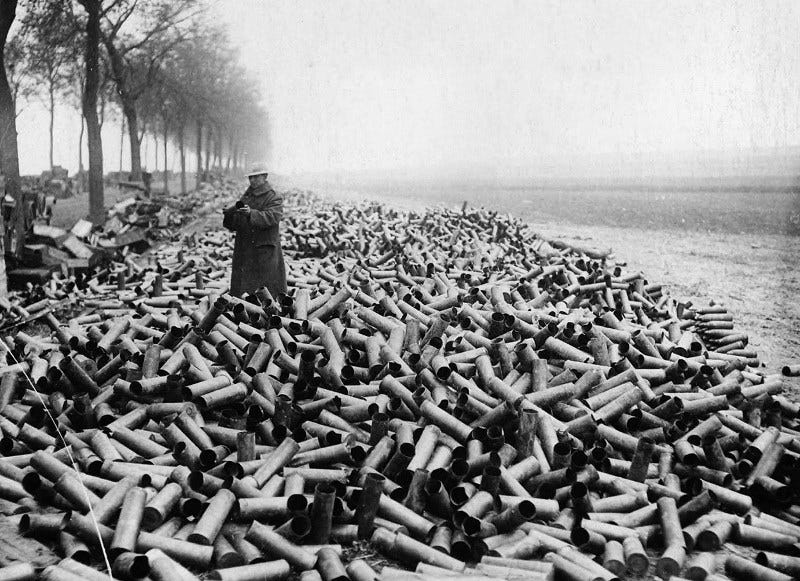About Those Ammunition Stockpiles
A magazine at 'critical minimum' is already effectively empty

Originally attributed to Elbridge Colby, the latest disruption of Ukrainian ammunition supplies turns out to have been the decision of Pete Hegseth, the Secretary of Defense. Hegseth is being excoria…


